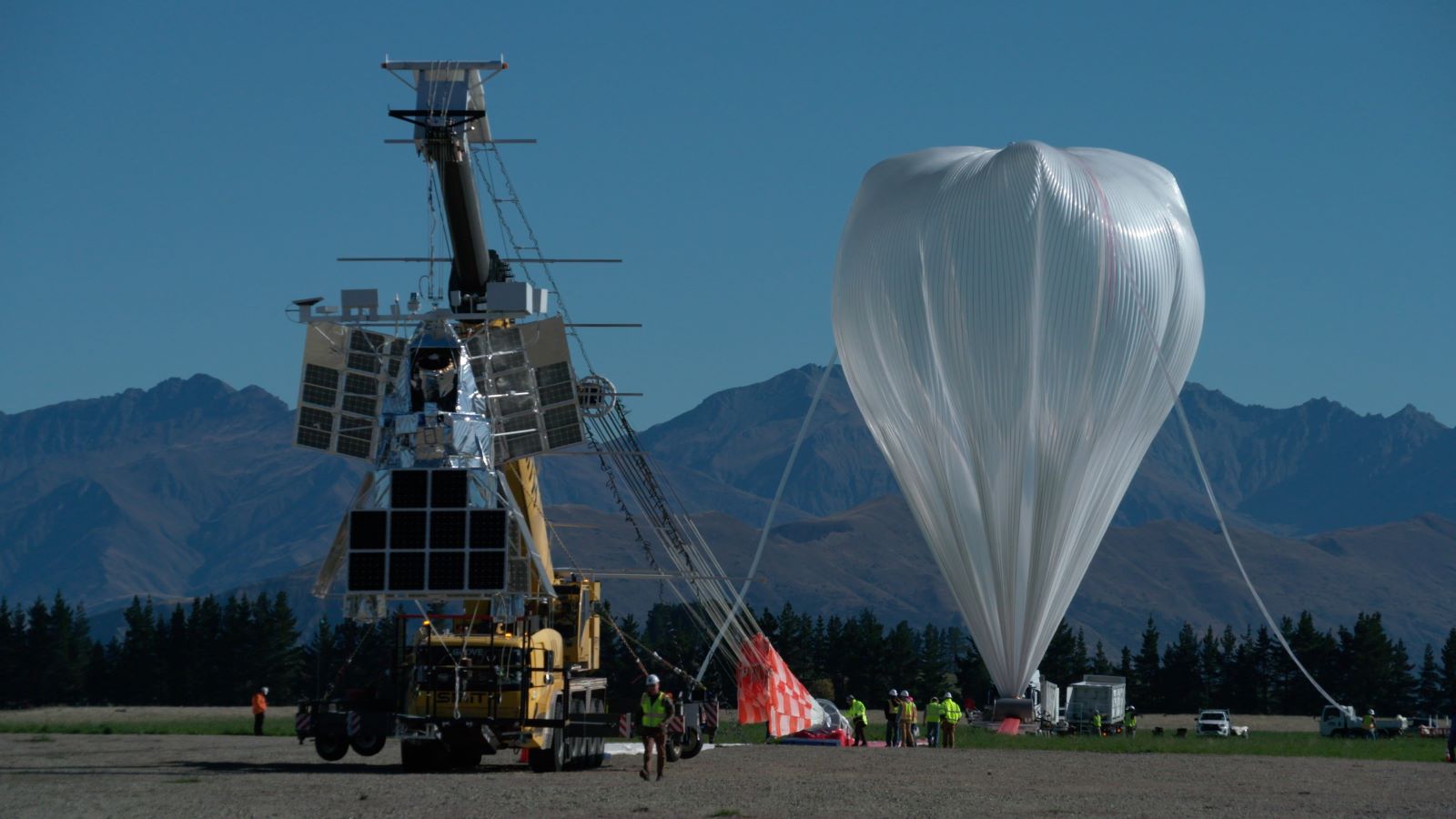Astronomers are pulling out all the stops: A telescope tethered to a football-stadium-sized balloon, a camera the size of an SUV and twice as heavy nestled in the Chilean mountains, a tiny blue cube filled with chilled liquid argon sitting in a Northeastern lab destined for balloon flights. And, of course, the James Webb Space Telescope.
These collaborative, international experiments sit at the forefront of astrophysics and cosmology research. Northeastern’s newest physics professors and their students are working on all of them. The collaborations are aimed at solving cosmology’s biggest open problem: We can’t see 95 percent of the “stuff” in the Universe. So, what the heck is it?
“It’s kind of scary that we don’t really know what most of [our Universe] is made of,” says Arathi Suraj, a Ph.D. student working in one of the new Northeastern labs. “So this is our way of trying to find out what’s going on.”
Read more from Northeastern University Research.
Photo by Bill Rodman/NASA

